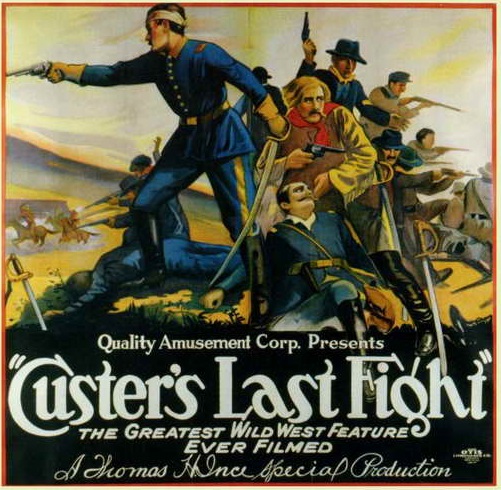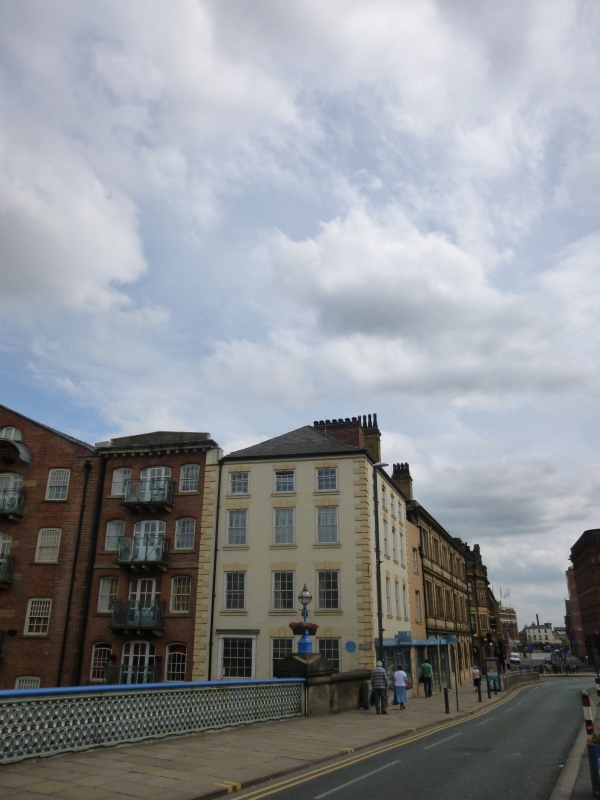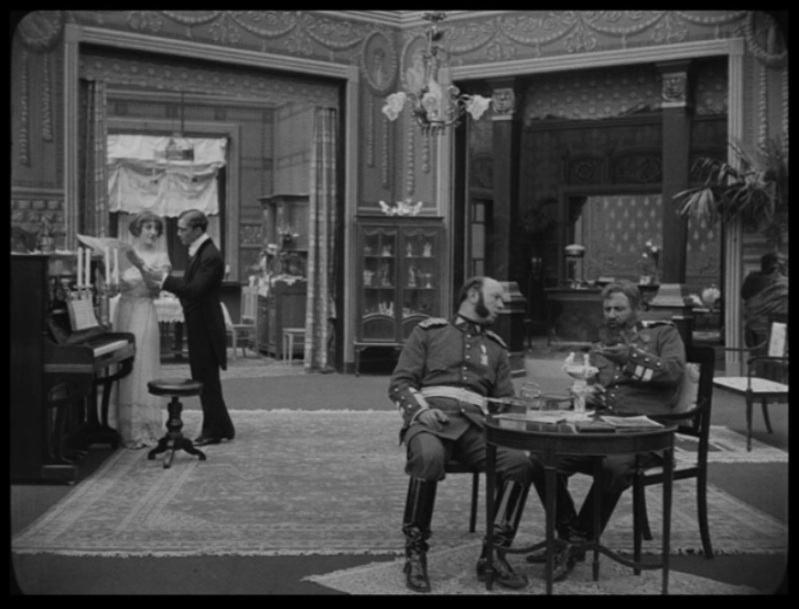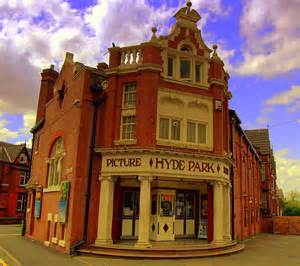A Guide to Study, Research and Curatorship.
This was one of three new books received by Donors at the 2019 Giornate del Cinema Muto; all three books addressed cinema in the sense of photo-chemical film. I read most of this book during the Festival and so I was able to enjoy the silent films with new aspects to my understanding. Paolo Usai was one of the founders of this Festival, now in its 38th year. Since then he has worked in a number of archives, most recently as Senior Curator of the Moving Image Department at George Eastman Museum. These years of viewing, studying and preserving early film have fed into an impressive study of the thirty plus years of the new art and entertainment form of Cinema. He has also made good use of his discussions and collaboration with a host of scholars and archivists who receive acknowledgement here.
The book has three main components. First an introduction where he places photo-chemical film in the context of the digital age. He carefully points out the differing characteristics of early nitrate film [a combustible material]; its successor safety film stock; and the current digital formats. Whilst safety film is a less than complete copy of the nitrate originals he point out that digital is really a facsimile; something often overlooked in the hype of this new technology. The difference can be appreciated at one of the few occasion for viewing nitrate film, The George Eastman ‘Nitrate Picture Show’. I was fortunate to see Ramona (1928) in a fine surviving print, starring Dolores del Rio. Having seen the film a year earlier on a safety 35mm print I was able to appreciate the distinctive luminous image, typical of well preserved nitrate; also enjoy the musical accompaniment by Phil Carli, now standard for ‘silent’ screenings. The difference is still more marked when early film, originally on nitrate, is transferred to digital formats, sometimes involving digital restoration work. I have seen over a hundred of these now and in most instances i find the digital version does not really match that of photo-chemical film. Digitisation is a complex process and technically informed colleagues can often point to a problem stage. However, overall the image of regular an uniform pixels is not really equivalent to the random silver halide grains. Most digital versions have a patina which appears rather flat in contrast to the depth of field and contrast on reel film. Generally the few transfers I have seen that equate to the original film have come from the Scandinavian archives, who clearly excel in this sort of work. But the German and French archives are good as well. Some I have seen are so poor I gave up on that particular screening.
Apart from the often uncritical view of digitisation there is a problem in terms of funding. I heard one archivist explain that funding agencies are often loath to include moneys for a master copy on actual film. I saw a presentation from a member of the Austrian Film Archive who had used new digital techniques to good effect in restoring a 1920s film; however there was no allocation for a 35mm master print and the master copy was actually on a tape format. How long will that last?
The book continues over eight chapters and nearly two hundred pages, Paulo Usai gives an account, section by section, of early cinema, when nitrate film without sound tracks was the form of moving image. He works through the actual film’s stock, including how it was processed: the equipment, both in the studios and in the theatres: the people, a host of roles in a variety of situations: the buildings, developing from primitive conversions to magnificent picture palaces: and the show, including the music or narrators [like the Japanese Benshi, a dramatic example] and even early attempts at synchronised sound. He points out, with detail, just how far from silent were early film shows. And also explains why surviving music for screenings can assist in working out more about how the film was presented.
This is detailed but only in a few places very technical. I was pleased to finally get my head round the colour systems used in early film, which were not all just in black and white. He also carefully discusses the factors that made for variation in frame rates [and therefore film running times]; an issue that remains contentious today. At my early Giornate Festivals I was introduced to the arcane study of frame rates. This was not an exact science and Usai makes the point in the book that there was rarely a standard frame rate for any particular film as it travelled across various territories and screened in multiple venues. But skilled archivists and projectionists could usually judge an appropriate rate at which the film appeared to move without either exaggerated pace or dawdling slowness. Now, even at a Festival such as the Giornate, frame rates do not seem to get the attention they need. one problem is that so few digital projectors have been set to run at slower frame rates than 24, [as in sound film]. Quite often a quoted frame rates for a screening actually means the film runs for the same length of time as if at that frame rate. In reality in so many cases the transfer has used the technique of extending with additional frames [step printing] so that the title runs at 24 fps; DVD’s of course, run at 25 fps. The effect varies from film to film, but. for example,. with Soviet Montage what is seen differs from what was seen.
Paolo Usai is careful to draw distinctions, as far as research so far has identified, of the variants round the global industry. Early film prints were sold and the buyer could and did alter them; and the rental system, still with us today, only emerged slowly and territory by territory.
The final hundred pages address the recovery, preservation, restoration and presentation of surviving silents; only about a third of the total produced and circulated. As a case study he discusses the 2011 version of Georges Méliès A Trip to the Moon / Le Voyage Dans la Lune [originally 1902] produced by Lobster Films from a number of surviving copies. This was an epic work of restoration from multiple copies. Some parts were difficult to work on; some needed colour restoration; the process took over two years., We were treated to both a digital screening with a recorded music track and a 35mm screening. The digital version was just too bright and clean and had been step -printed; and the music, by ‘Air’ struck me as incongruous. The 35mm version was more impressive. This confirmed my reservations regarding digital; a helpful tool in archive work but not really equivalent to photo-chemical film for presentation.
Usai describes how, over decades and at first involving dedicated cinephiles, the present approaches to archival work, study and exhibition developed. He does this in the same thorough manner that he addressed the silent film era itself. This includes the way to handle prints, restoration and copying and the associated research to ensure the films are identified correctly and as much information as possible is garnered.
He notes a particular fine example of contemporary restoration, the 2016 35mm version of Alexandre Volkoff’s Kean du Désordre et Génie (1924). This was a partnership between the Cinémathèque française and the Czech archive, The latter has a specialist expert in tinting and toning, Jan Ledecky. I was fortunate in being at Le Giornate del Cinema Muto when this was screened and Usai’s praise is entirely deserved; it was a beautiful print. I had seen the film before on 35mm but this was several notches up and we had a fine accompaniment from Neil Brand. Unfortunately not all restorations and not all work on different colour formats is as successful.
My first Pordenone in 1993 was rather like visiting an esoteric celebration. Now silent films are relatively common, though as Paulo points out, restrictions of funding and technological provision mean that seeing them on [reel] film is less common. The 2019 Giornate had one prize exhibit, the restoration on a 35mm print by a team led by the San Francisco Silent Film Festival of the 1929 Soviet masterwork, Fragment of an Empire / Oblomok Imperii, directed by Fridrikh Ermler. This was a real treat to enjoy with the original accompanying score arranged and performed alongside by the Orchestra San Marco with conductor Günter Buchwald.
Paulo Cherchi Usai’s book celebrates the archival work that goes into this sort of presentation. It also provides a detailed, almost exhaustive, description and commentary on the Silent Era. It is a lot longer than a number of other books on the topic but this is rewarding. His central point is that made by FIAF, that presentations of early film should be as close as possible to the original. Of course, as Usai points out, presentations in that era varied considerably but the goal should be the best quality of those.
The Bibliography is very well set out. The appendices, examples of research tools in this area of endeavour, assist in illuminating the topic; for example, ‘The Film Measurement Table’ showing the running times of 35mm and 16mm at different frame rates. The copious illustrations are both well chosen and well produced ; the colour plates are a delight.
This book is likely to appeal to readers who already enjoy silent film. But the subtitle which aims at people in or entering the fields of archival and curatorial work possibly makes it seem specialist. But the style is predominantly accessible and Paulo Usai’s description and explanation across the field of this median is absorbing and I thought fascinating. The coverage really does achieve a comprehensive picture of the median and the era.
BFI/ Bloomsbury Publishing. 2019. Third edition, considerably expanded from previous editions.
403 pages, with Bibliography, three Appendices and an Index.
213 illustrations, 10 charts and diagrams and 53 colour plates.
In hardback, paperback 978-1-8445-7528-2 and electronic versions.
This was originally a review in the ‘Media Education Journal







































